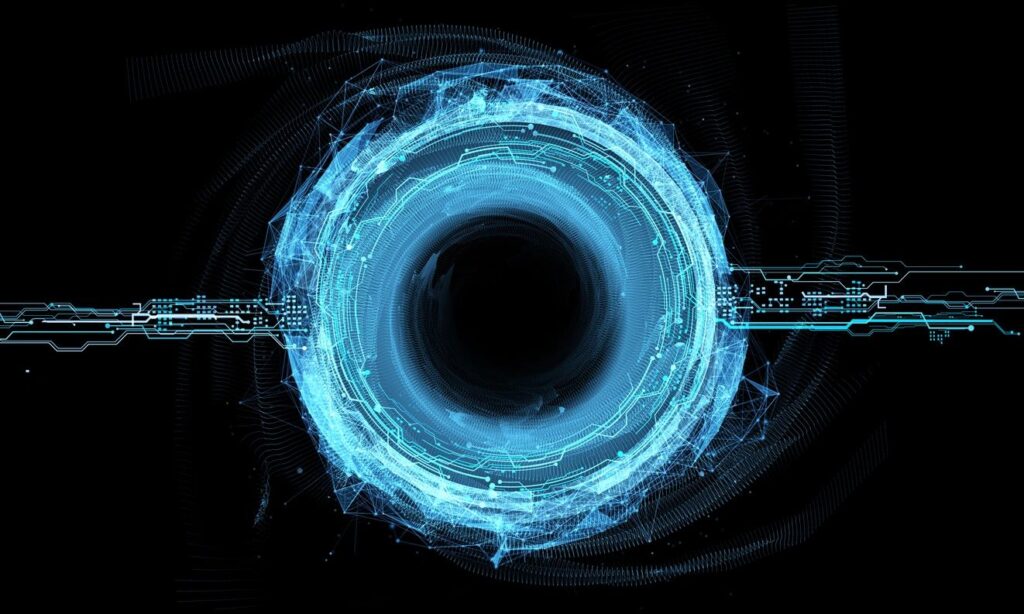
What is POS software? Analysis of types and features
Just imagine you are working in your retail store and suddenly there has been a rapid growth in the customers visiting your store. So, how do you manage the influx? Breathe easy! There are tools out there that could help you better manage your store and even scale with the rising demand?
For example, Point on Sale (POS) Software.
However, with too many types of POS software and each one unique in its own way, how do you pick the right one for your business?
So, here I’ll be breaking down the POS system into types, and features, so that you can choose the ideal one for your business easily.
Let’s dive in!
 What exactly does Point on Sale Software mean?
What exactly does Point on Sale Software mean?
POS software is a combination of software and hardware that can streamline your business operations. The software allows you to easily manage sales, checkout, tally daily revenue, and generate the purchase receipts all from one place.
Types of POS Systems: What Are My Options?
There are many types of POS software are available out there, here is a list of the most used types.
Retail POS
Retail businesses have a unique set of requirements that can be easily managed if they implement the POS software at their location. The restaurant owners can handle printing labels directly for certain products that are to be stocked, without needing any special codes. The commissions for employees with the best sales numbers can also be managed using the POS software. Another added advantage is that the POS system comes equipped with ecommerce integration so you can easily set up your online store whenever you want.
Restaurant POS
Restaurants have different needs than traditional retail stores. There are tables that need to be attended, and thankfully, some POS systems come ready with a feature to help you figure which tables are booked. There is also an easy way to generate the check directly from the POS and print it for the customer. Plus, restaurant POS software can effortlessly handle online ordering even with a high number of users at peak periods easily. It also allows restaurant owners to provide customers with the flexibility to dine-in or takeout.
From providing the consumer the option to booking tables to ordering their food online to generating the bill receipts, restaurant POS system can take care of everything smoothly.
Salon POS
If you own a salon or spa and are using retail or restaurant POS, then you are not doing yourself any favors. Although you might think that retail POS can be a good fit for your salon business but in reality, using it is like walking with a crutch. Like both the POS systems we mentioned above salons also have different needs. And these include the following:
Calendar Management– For employees working in the salon, it is essential to know what the exact timings for booked appointments are. Client appointments and calendar management go hand to hand. Managing calendars properly using the POS system gives the employees a clear direction to schedule their appointments accordingly.
Online booking– Today, most of the users prefer to book an appointment using their smartphones for the time slots that they are comfortable in. Modern spas and salons need the feature of online booking in their POS systems.
Memberships– Spas provide premium memberships for additional charges that provide the customer with added services, and they need a way to keep track of all that. A POS system can provide you with a system that stores the customer contact information, payment data and can also update that information from time to time when it is about to expire.
What features should I be looking for?
1. Quick product/service lookup
Many POS systems available out there come with the ability to set a key for the most popular product in the store. Also, there is a catalog available with the rest of the other items sold.
When you are looking to buy new POS software, be sure to pick one that provides an easy way to search for the products. This will be much ideal for the salespersons on the billing section so that they won’t have to move to another screen to see the outcome.
2. Support for Multiple payment methods
Today the support for only cash, credit cards, and debit cards is not enough; in order to gain more consumers, it is essential that you move towards accepting mobile payments. You also need a POS system that can support payment in the form of two or three gift cards like Amex and cash.
3. Returns and refund features
If your store doesn’t have a shopper-friendly return or replacement policy, then you are absolutely missing out on many more consumers. Most customers out there prefer to shop from a store where they can quickly return or replace their purchased items without much hassle. You should ensure that your POS system is capable of creating a strong enough return policy. It should also propose flexible options to return items for both cash and store credit.
4. Dashboard
A dashboard gives you an overview of how everything is working out in your store. The feature provides you with an immediate insight into everything that is happening in your store without having to dig deeper into your POS software.
5. Mobile Registers
Not having a mobile register is a significant loss in this digital era. You would want to buy a POS system that is cloud-based and has app support available to be used in the smartphone or any other such mobile devices.
Mobile registers allow you to ring anyone from anywhere in the store, thus preventing any more queues. You can also take your mobile registers anywhere on the road and set up shop. They are less bulky and expensive than the traditional cash registers and can also be upgraded easily without delaying any of your store’s business
6. Employee reporting
Employees also need some kind of motivation to improve their overall performance and bring some innovative ideas that make your business more successful. With the right employee reporting tool in your POS system, you can see who your best-performing employees, who need help to improve and whether you are setting appropriate sales target or not.
Bottom line
After reading to the last point, you may now have an idea about what a POS software is and which type of system you need with the necessary functions required for your business. If, by now, you know which POS system you need, then, I believe that I have done my job well enough.
Author Bio: I am Greg Wilson, a Content Writer working with GoodFirms, a research and review platform for service and software companies. I am passionate about blogging, creative writing, social media, and content marketing. I write blog posts for GoodFirms about SEO softwares, Cloud computing, IoT development, and many more such categories.







